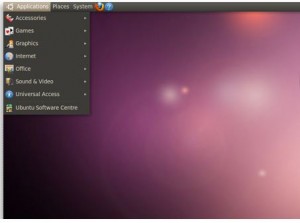Many times people would just open all traffic on ALB and pass it on to the application. This is a security issue. If you want to just allow GET, HEAD and OPTIONS .. and not others like POST or DELETE to your site, it is better to do that in the Application Load Balancer’s Listener Rules.
Here I am using the Cloudformation template ( YAML ) to block everything with a HTTP code 405 on the Default actions and then adding a Custom rule to allow only GET , HEAD and OPTIONS .
HTTPSListener:
Type: 'AWS::ElasticLoadBalancingV2::Listener'
Properties:
Certificates:
- CertificateArn: !Ref SSLARN
SslPolicy: ELBSecurityPolicy-TLS-1-2-2017-01
DefaultActions:
- Type: fixed-response
FixedResponseConfig:
StatusCode: 405
ContentType: "text/plain"
MessageBody: "Invalid Request."
LoadBalancerArn: !Ref LoadBalancer
Port: 443
Protocol: HTTPS
HTTPSFilter1:
Type: AWS::ElasticLoadBalancingV2::ListenerRule
Properties:
Actions:
- Type: forward
TargetGroupArn: !Ref TargetGrp
Conditions:
- Field: http-request-method
HttpRequestMethodConfig:
Values:
- GET
- HEAD
- OPTIONS
ListenerArn: !Ref HTTPSListener
Priority: 1
You could do the same in the UI, by going to EC2 -> Loadbalancers. Select your ALB, then go to Listeners tab, click on view/edit rules. Then add rules accordingly. Remember to change the default rule to Deny all.



